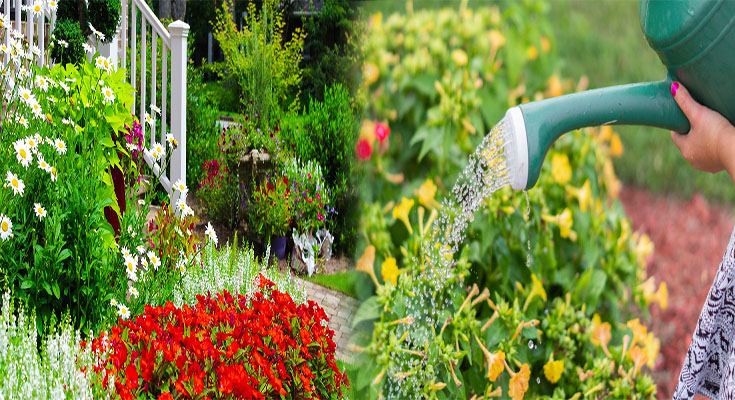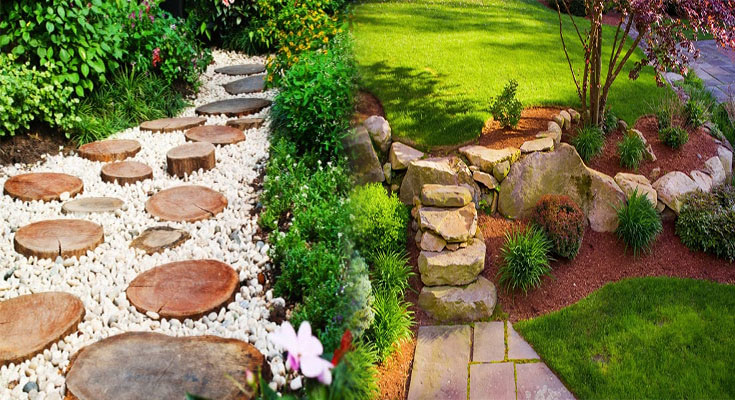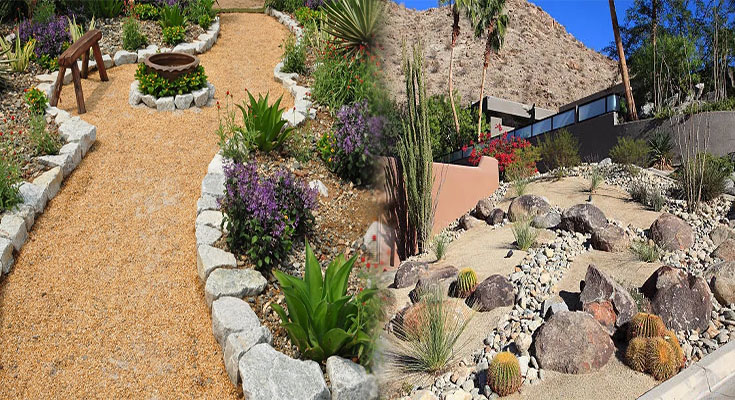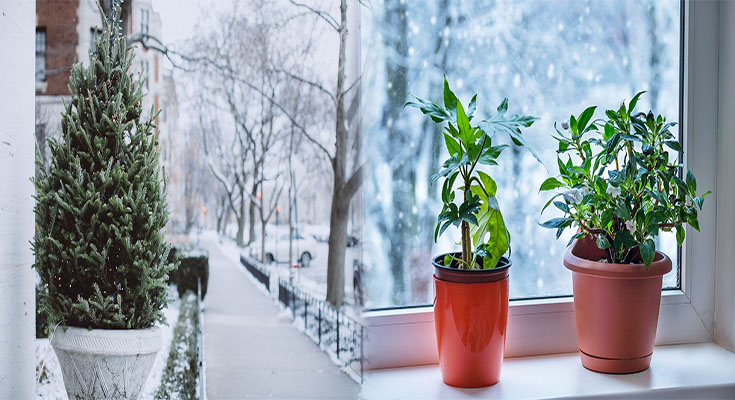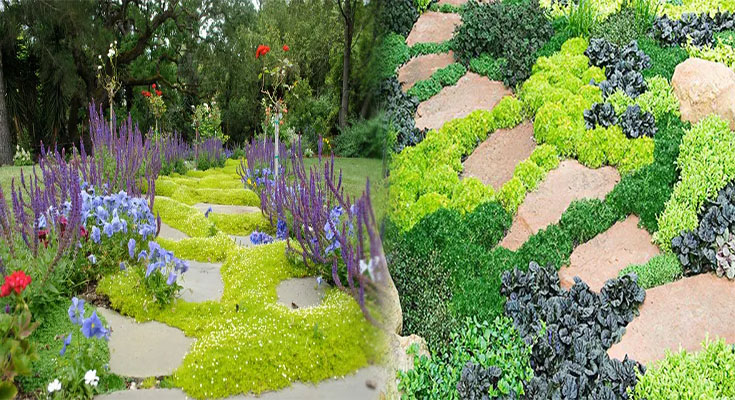
Cheap Ground Cover Plants for Easy and Affordable Landscaping
Creating a well-designed landscape doesn’t have to break the bank. By exploring cost-effective options such as cheap ground cover plants, homeowners can achieve beautiful and low-maintenance landscaping without overspending. Ground cover plants not only help reduce weed growth and protect the soil but can also add texture and color to outdoor spaces. Here are some budget-friendly ground cover plants that are easy to grow and maintain, making them ideal for affordable landscaping projects.
1. Creeping Thyme (Thymus praecox)
Creeping Thyme is a hardy and drought-tolerant ground cover plant that produces tiny, aromatic flowers. This low-growing herb is perfect for filling in gaps between stepping stones or along pathways, adding a splash of color and attracting pollinators.
2. Creeping Jenny (Lysimachia nummularia)
With its vibrant chartreuse foliage and rapid spreading habit, Creeping Jenny is a versatile and affordable ground cover plant. It thrives in both sun and shade, making it a …
Cheap Ground Cover Plants for Easy and Affordable Landscaping Read More

